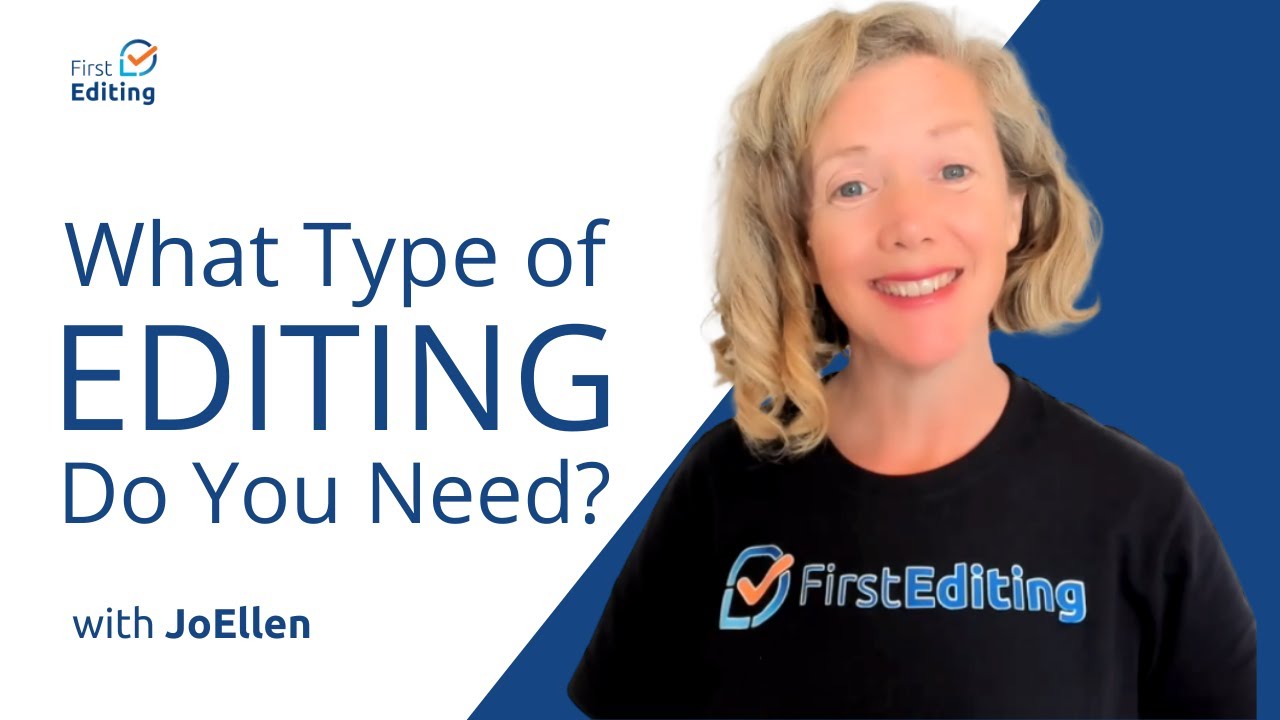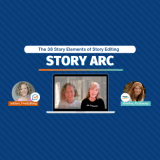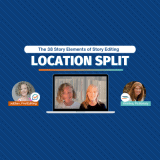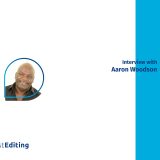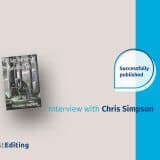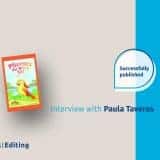
Now that your paper is complete, you’ll want to make sure it’s as perfect as possible before turning it in. Obviously, the first step toward that goal is to edit your work.
“But my word processing program includes a spell checker, and it even checks grammar, too. Why should I have to edit my document?”
Elementary, my dear Watson: spell/grammar checkers don’t always catch all the typos your work may contain. To prevent panic at the notion of editing, below are academic editing guidelines to help you through the process:
-
- Use your word processing program’s spell/grammar check for basic proofreading. It’s a good place to start, and usually catches the most egregious errors.
- Don’t blindly accept all the suggestions the spell/grammar check recommends. For instance, in the paragraph above (you know, the one beginning with the Sherlock Holmes cliché), my spell/grammar check suggests a semicolon rather than a comma between “editing” and “below.” Ummm…nope, sorry. That’s not an appropriate place for a semicolon, but the comma works just fine, thanks.
- Read through your work slowly and carefully. You’ll be surprised at the number of errors a human editor will catch that were entirely missed by a spell/grammar check program.
Academic Editing Guidelines – Tips From a Professional Editor
- If you have the time now, read your document from end to beginning as part of the editing process. Why? Because reading your work backward focuses your attention on the spelling and grammar. When you read from start to finish, it’s just human nature to fill in missing words and see the correct spelling unconsciously. Even when words are missing or spelling is incorrect.
- Have a friend or family member proof your document. Is it a subject they know little or nothing about? Even better! Their focus will be on grammar and spelling since they can’t help you with content.
And what about editing for style and correct formatting of citations and references? Here again, you can edit your work with help from such academic sites as owl.english.purdue.edu and mla.org, for example. There is also docstyles.com for a site that covers practically every academic style guide you might be likely to use. It’s easy enough to use these resources to find the answer to any style questions you might have, like how to cite that unusual source or how to format a long quote.
If all this still sounds too daunting, why not just save yourself the frustration and hire a professional editor from a firm like FirstEditing? They will edit your work and check your citations and references for adherence to your institution’s preferred style guide. Be it APA, MLA, Turabian, or what have you, a professional edit by an academic editor will help make your life so much easier!
Originally Posted 2/1/2011 and happily updated 10/25/2017. Thanks for reading!




